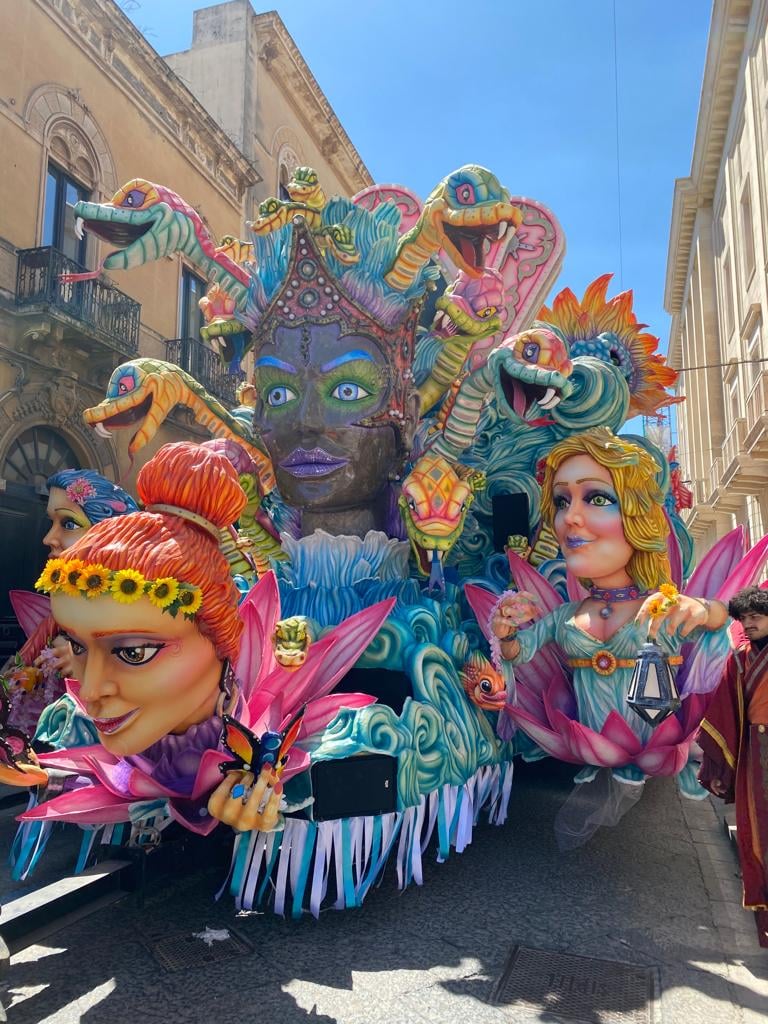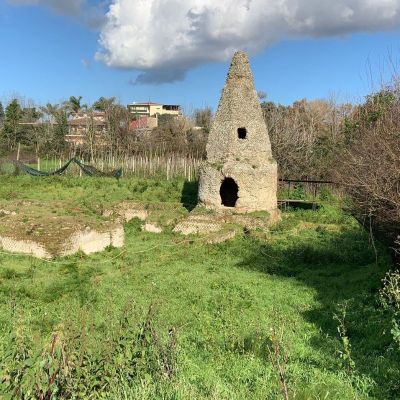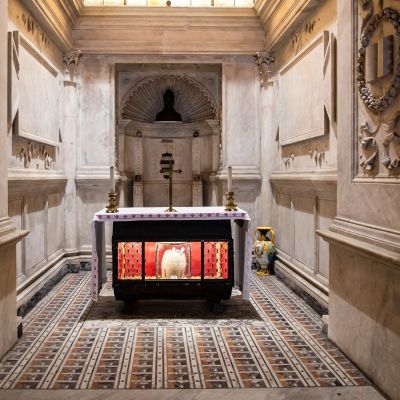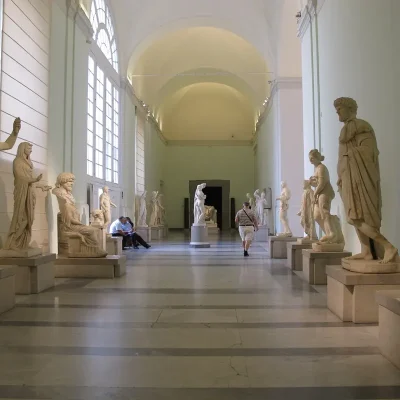A Month-Long Carnival Fiesta
Get ready to immerse yourself in the vibrant festivities of Palma Campania’s historic Carnival! This year, from January 17th to February 17th, 2024, the celebration takes on a powerful theme: honoring women with a clear message of “No to Discrimination and Gender Violence.” The anticipation is sky-high for the famous Parade of the Quadriglie and the stunning performances of the Canzonieri.
A Carnival Rich in Art, Culture, and Tradition
Palma Campania’s Carnival 2024 is not just a party; it’s a cultural spectacle. The entire month brims with art, culture, history, and new experiences, making the 2024 edition truly special.
Dedicated to Women’s Empowerment
This year’s carnival is a tribute to women, featuring events and performances that highlight female figures, their potential, and virtues, firmly saying “No to Discrimination and Gender Violence.”

Key Events of Palma Campania’s Carnival
- January 17: “Sant’Antuono, maschere e suone” – A celebration of old occasional songs and the placing of the winning Quadriglia’s portrait from 2023 at Via Municipio’s belvedere wall. Preparatory events for the Quadriglie.
- January 20: Occasional Song Day – Nine groups will present a song inspired by the chosen theme. Preparatory events for the Ratto del Gagliardetto.
- January 21: Music event organized with Isis “Rosmini” and association “Le Muse”.
- January 22-26: Setting up the “Village of the Quadriglie” near Parco delle Nuvole, Gorga.
- January 28: Ratto del Gagliardetto – The ceremony of “passing the baton” from old to new Quadriglia masters. Inauguration of the Village of the Quadriglie.
- February 4: Parade of the Quadriglie – A grand procession through Palma Campania’s historic center, followed by a Masquerade Party.
- February 5-10: Canzonieri rehearsals at the Village of the Quadriglie.
- February 7-9: Performances by local schools.
- February 10-11: Messinscena – Masked groups parade through the historic center and perform on the Central Stage at Piazza Mercato. Musical shows by LDA and a Stand-Up Show by Peppe Iodice.
- February 12: Passo – Unmasked Quadriglie playing music throughout Palma Campania streets.
- February 13: Mardi Gras – The masked Quadriglie perform at 9 historic route stations.
- February 15: Final scrutiny – Live vote counting for Carnival 2024.
- February 17: Closing ceremony and awards – Presentation of the Palio to the winning Quadriglia of 2024.
Join the fun and experience the unique blend of tradition and modernity at Palma Campania’s Carnival 2024! 🎭🎉🎶





